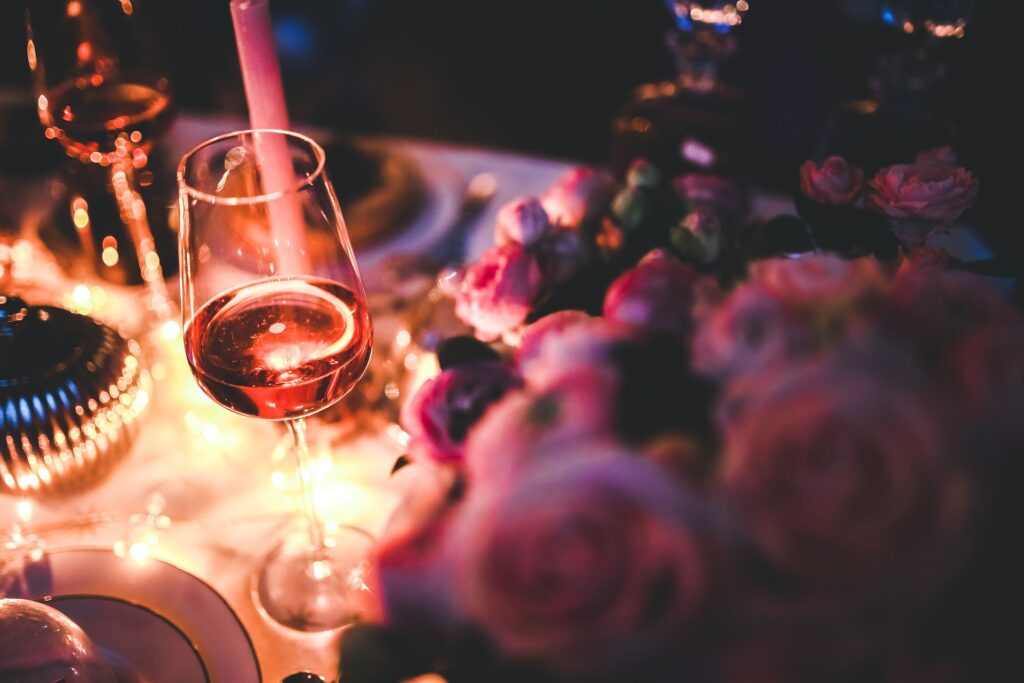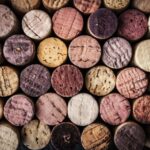The Provence region of France was in the pink before it was cool, making rosés as its signature wine.
Today, Provence has gained top billing in the rosé scene. But just about every wine region in the world has a rosé tradition, even though few were focused on rosé until it became a trend that became a phenomenon.
Most rosés come in clear bottles to show off the great color. Generally, rosés are made from red grapes. While grape juice is all white, the color of wine is derived from the grape’s skin and seeds. Rosés get their pinkish hue from limited contact with the grape skins after crushing.
Another process, the saignée (bleeding) method, removes part of the pinkish juice from grapes meant for red wine production, theoretically concentrating the character of the resulting red wine. Rosés made by saignée seem like by-products of red wine production, but they can be very high quality. Increasingly, grapes are being planted and grown specifically for rosé production.
I tried two rosés from other parts of Europe. Farther north, Germany has limited opportunities to produce red wines in a big style that is fashionable. But making quality rosé is on the menu.
First, however, some vocabulary: spatburgunder is “pinot noir,” weingut is “winery,” and feinherb means “off-dry.” A quality rosé can be made with just about any red grape, but pinot noir is one of the best.
Jakob Schneider Weingut 2017 Spatburgunder Rosé Feinherb smells of fresh cantaloupe and unripe strawberry. It has a soft finish, a touch of sweetness and a bit of fizz, making it a great sipper. $14. ★★★★
The Loire region of Sancerre is synonymous with sauvignon blanc. But the region makes some Sancerre Rouge from pinot noir. With that pinot noir, vintners also make a small amount of Sancerre rosé.
On the drier side, try Clement & Florian Berthier 2018 Sancerre, which shows cherry and peach character with round texture and crisp acidity, making it a great choice with food. Several vintages are available in Pennsylvania. The 2017 may be fine, but discounted early vintages may be questionable. $24. ★★★★
You can find other rosé from Loire made from cabernet franc, under regions such as Anjou or Chinon. If you care to shop local, look for rosé made from chambourcin, a popular red variety in Pennsylvania.
GRADE: Exceptional ★★★★★, Above average ★★★★, Good ★★★, Below average ★★, Poor ★.

David Falchek executive director of the American Wine Society, reviews wines each week. Contact: dfalchek@gmail.com




